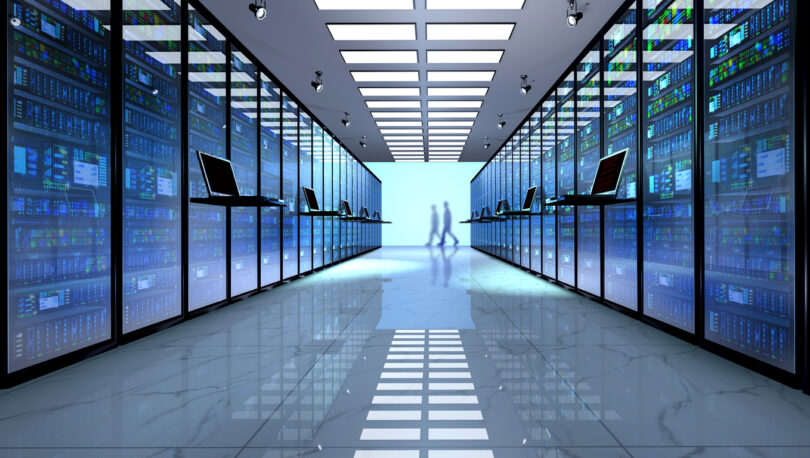More enterprises are migrating their corporate data center(s) to external co-location facilities. One of the many challenges they face is navigating disparate and confusing pricing models. Some providers only charge for power and network while others charge for power, space and network. Some charge different rates for cooling power versus cabinet power and all charge for cross-connects.
What should an enterprise client expect? And, in a competitive sourcing process, how do you compare apples-to-apples?
There are four basic elements to all data center/co-location transactions: power, space, network and remote hands.
Power: All data centers consume power for two purposes: first to power the servers and other IT equipment and, second, to power the air conditioning to cool the equipment (which is considerable) and the general environment. Enterprises can determine IT power requirements by summing up the consumption of the equipment. This can be found in equipment specifications and is generally a range depending on processing loads. If total consumption is more than 300kW, then enterprise customers may consider buying actual power consumption (metered, like at your home). Otherwise, they will pay a fixed fee for the power available to the equipment.
Enterprise customers don't have much influence on the power consumed by non-IT equipment requirements (office cooling, lights, etc). But they can request to know the data center's Power Use Efficiency. The closer that PUE number is to 1.0, the more efficient the data center. The more efficient, the lower the overall cost.
Space: The area required for housing IT equipment has a cost. The cost of commercial office space in the U.S. can range from $6 per square foot in low cost regions to over $12 per square foot in New York City. On average, a 50-cabinet data center will occupy about 1,700 square feet. At a median cost of $8 per square foot, the space alone would cost about $13,600 per month. The power required to cool the 1,700 square feet can be roughly determined by the formula: Cooling Power = (PUE - 1)*Power Consumed. Multiplying this cost by the cost of power and adding it to the cost per square foot gives a rough estimate for the total cost of space.
Network: Network access consists of two components: Internet Access (IP) and cross-connect charges. IP access is typically expressed in cost per megabytes. In most cases, this is a fixed consumption (i.e. 250Mb, 500Mb, 1,000Mb (GigE), or even 10Gb). Cross-connect charges are priced depending on the type of media used in the cross-connect: copper for POTS, DS1 / E1 or Coax, or Fiber.
Remote Hands: This category is also known as "smart-hands." These are technicians hired by the data center operator to deliver limited technical support within the data center. They are mostly used to perform visual and manual tasks that cannot be completed through remote management. Remote hands can be sold in various units (from 0.1 hour [12 minutes] to 15-minutes, or more) and either on an as-used basis or a pre-purchased package.
Enterprise customers need to thoroughly understand the above metrics when specifying data center (co-location) requirements and evaluating responses from multiple providers. All data center providers have the ability to respond to a specific format in the customer's preference. Even if the final agreement is written using a different pricing model, asking for pricing in a standard apples-to-apples format allows for easier evaluation of options.
